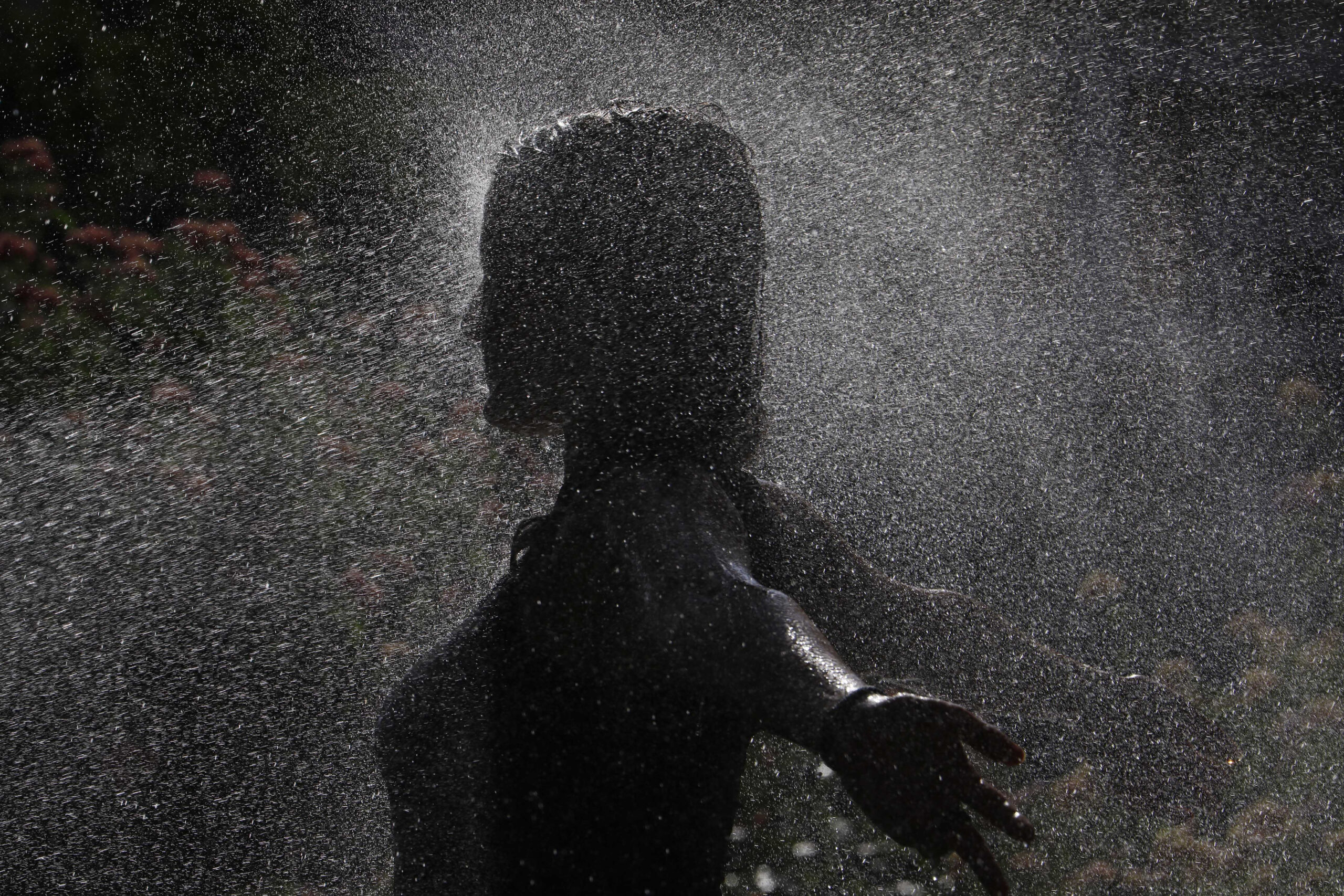The heat wave that almost the entire country suffers after the entry of a mass of warm air from the Sahara, leaves in its eighth day maximums above 40 degrees in various parts of Spain, with restrictions due to the high risk of fires and impacts about health.
The phenomenon, caused by an isolated depression at high levels (DANA) to the west of the Iberian Peninsula and an anticyclone located near Ireland, has put three autonomous communities on red alert this Sunday due to “extreme risk” of heat and another ten on orange warning for “significant risk”.
This weekend the temperatures in almost the entire country have been around 40ºC and for this Sunday the State Meteorological Agency (Aemet) forecasts that it will reach 43ºC in various points of Cáceres and Badajoz.
Some areas classified as “extreme risk” will predictably reach 42ºC, according to the Aemet, which has sounded the alarm especially on the regions that the Ebro riverbank crosses in La Rioja, Navarra and the province of Zaragoza.
As this entity has advanced to EFE, specialists anticipate that the heat wave will have a brief relief on Tuesday, although it is likely that a new rise in temperatures will start on Wednesday, with the potential continuation of this episode that is already considered “length”.
Faced with the danger of suffering heat stroke, Civil Protection advises to hydrate frequently, wear light clothing that covers the body and head as much as possible, minimize exposure to the sun, live in well-ventilated spaces, eat lightly and eat foods rich in water and salts. minerals (such as fruit and vegetables, for example), and avoid drinking alcohol.
In the Valencian Community, where the maximum has been around 40 degrees Celsius, the Generalitat has declared this Sunday the level of health alert due to the high and extreme heat in municipalities of twenty-eight counties of the three Valencian provinces.
In Catalonia, where 41.4 degrees have been reached, the Climate Action Department of the Generalitat has warned of the risk of high levels of tropospheric ozone -triggered by high solar radiation- in areas of Central Catalonia, Vic, Maresme, Vallès, Baix Llobregat and Barcelona, and has asked the most vulnerable people to take precautions against this atmospheric pollutant.
In addition, on Friday the accesses to this massif were closed in this community of Montgrí, Albera, Montsec d’Ares, Montsec de Rubies, Gabarres, Montserrat, Barony of Rialp, Cap de Creus and Sant Llorenç del Munt i l’Obac, in front. to the threat of forest fires.
For the same reason, the Diputación de Barcelona has also restricted access to the Sant Llorenç del Munt i L’Obac natural park, the Serra de Collserola, the Cordillera Litoral, the Cordillera de Marina, the Garraf park, the Olèrdola park, the of the Foix and to a part of the scope of the natural park of the Montseny.
The extreme heat not only increases the concern about the spread of fires but also about the lower water availability -with the reservoirs this week at 44.4% of their total capacity- and about the species of fauna and flora that are seen affected by unusually high temperatures.
For example, in Castilla-La Mancha, the Toledo Swift Network has warned of the danger posed by the heat wave for the chicks of this bird that carries out its entire life cycle -except for breeding- in the air.
According to this platform -created jointly by the Recovery Center of the Province of Toledo (CERI), the University of Castilla-La Mancha (UCLM) and the Junta de Comunidades de Castilla-La Mancha- heat waves cause chicks to fall of the nests, and these, not being rescued by their parents, can die.
Conforms to The Trust Project criteria
















